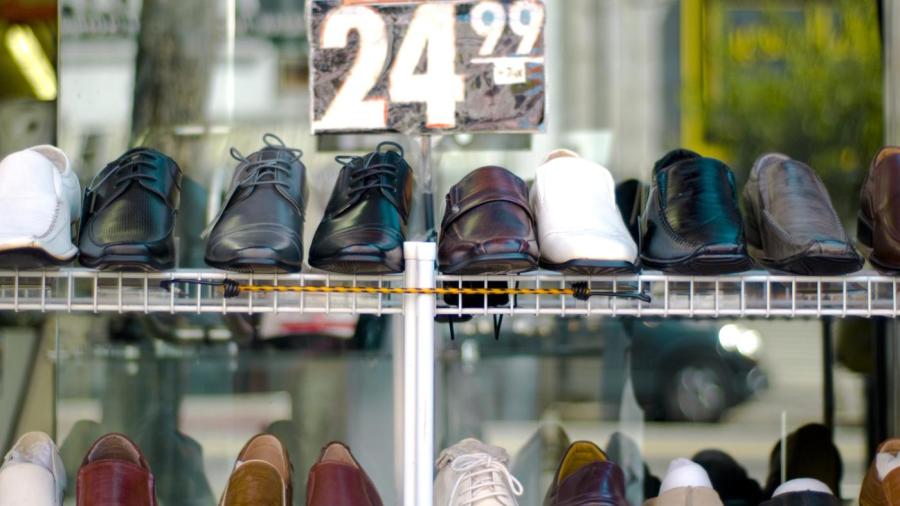What Is Deceptive Pricing?

Deceptive pricing occurs when a retailer uses a pricing gimmick to make customers believe they are getting a bargain when they are not. Deceptive pricing can include a going-out-of-business sale or a bankruptcy sale when the company is not closing.
Other forms of deceptive pricing can include clearance sales and discount sales that promise the lowest price. An example would be a retailer purchasing an item at cost for $50. Typically, an item is marked up 50 percent before it is sold to the public. If the item is marked up by 100 percent for a few days, then has a sale advertising 25 percent off, the retailer is deceptively allowing customers to think they are getting a deal. Increasing the initial price of an item before reducing it and advertising it as a sale item may be subject to the laws against deceptive business practices. There are laws that protect consumers against deceptive business prices. Business owners violate civil codes when they make false or misleading statements of fact concerning price reductions. Suspected deceptive pricing can be reported to the attorney general or the local legal assistance office, so it helps when consumers price shop and know the common costs of products.





